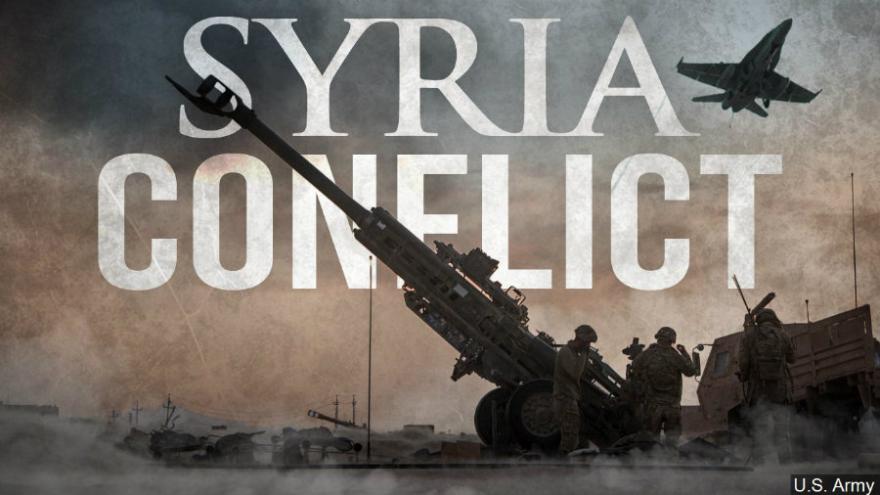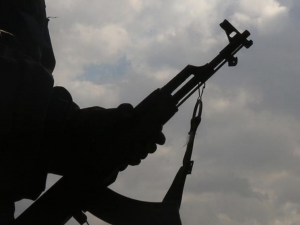The military situation in Syria has been much simpler in recent months, than it was last year, although there have been some significant changes in the strategic sense, especially after delivery of Russian rocket system S-300 for the government forces. In mid-November 2018 military situation on the ground has the following characteristics:
- The forces of the Syrian government continued to advance to positions of ISIS in the al-Safa area;
- Coalition forces led by the US are clashing with ISIS in the Hajin pocket
- The humanitarian crisis in the al-Rubkan refugee camp is expressed and has not yet been resolved;
- During November, rebel groups have repeatedly attacked positions of Syrian Arab Army (SAA) in the north of Hama and south-west of Aleppo
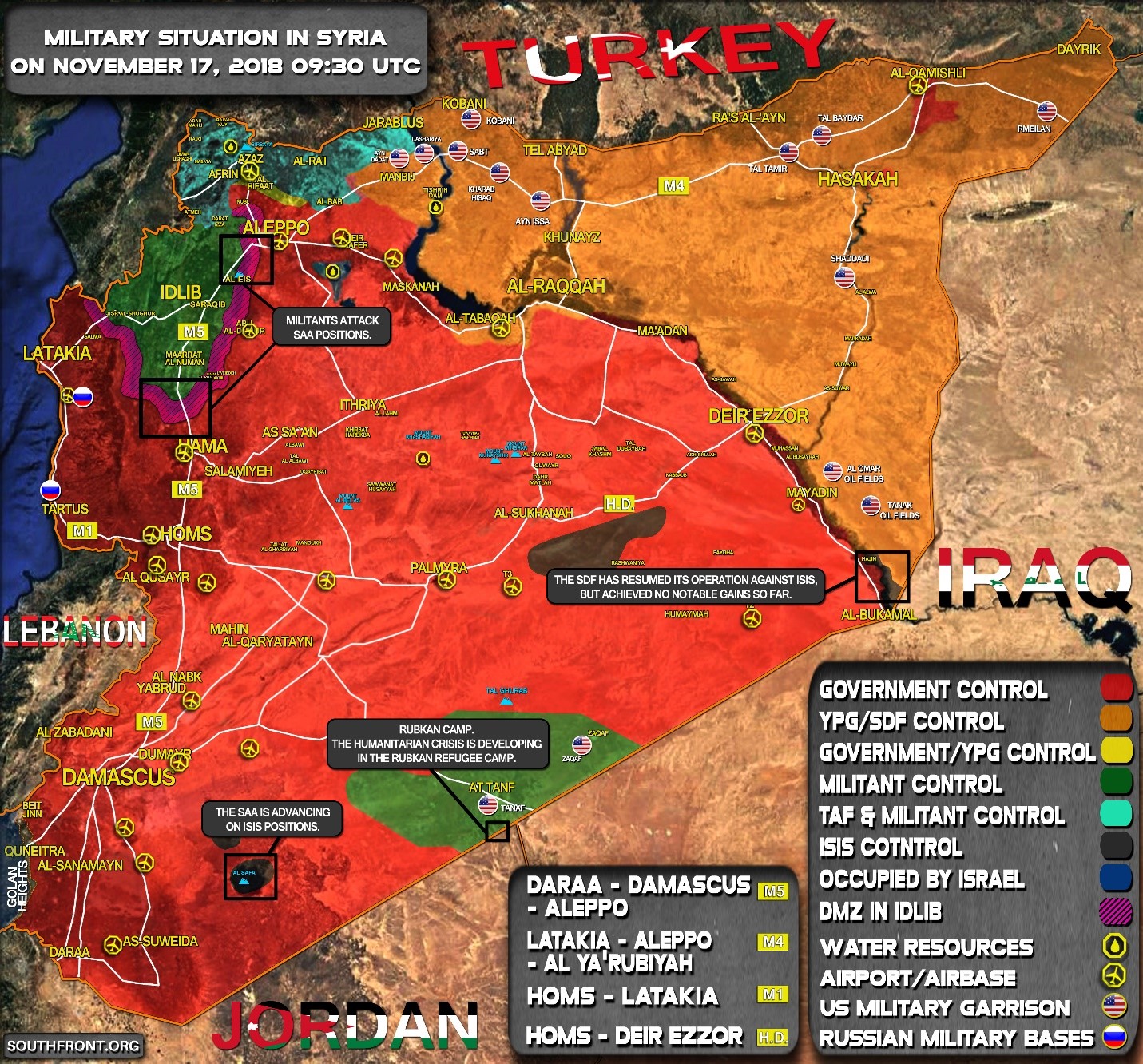
The map clearly shows positions of the forces of the Syrian government, the insurgents, Kurdish forces and the positions of a so-called Islamic state in the north-east part of Syria.
At the same time, diplomatic and other activities related to the Syrian crisis are being continued, so on 20th November, the Russian Defense Minister Sergei Shoigu and the Turkish Minister of National Defence Hulusi Akar discussed the Syrian crisis in the Russian Black Sea resort of Sochi. Furthermore, they discussed activities in the demilitarized zone of Idlib and other details related to Syria. The demilitarized zone along the borders of Latakia, Hama, Idlib and Aleppo provinces was established in accordance with the Russian-Turkish memorandum, signed in the Sochi on 17th September, after discussion between the Russian and Turkish presidents.
There are new tensions in Syrian conflict due to threats by the Israeli state leadership about possible attack on new air defense systems, S-300 PMU-2 long-range missile system, sent by Russia to the forces of the Syrian government in response to the crash of the Russian IL-20 aircraft and the killing of 14 crew members. The rocket system S-300 PMU-2 (NATO marked as SA-20 Gargoyle) was introduced in 1997 and has a range up to 195 km. The NATO member states which have this system are Greece (who took them from Cyprus during Cyprus crisis) and Slovakia (who inherited them from Czechoslovakia).
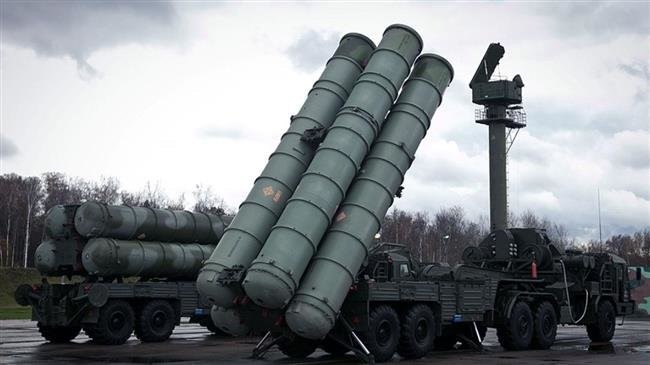
The S-300 missile system, which is owned by the forces of the Syrian government
Importance of S-300 missile system regarding the military power of any country is a factor that cannot be ignored in the assessment of military capabilities or even in geopolitical assessments. With this analysis, we want to clarify the reason for the harsh Israeli protests, as well as their concerns about the emergence of this missile system in the Syrian territory. It is important to note the change in the assessment of the military force that gives Syrian anti-air defense the ability to act on Israeli air forces from greater distances than it was before. In this way, a much wider security zone or no-fly zone is being created for Israeli planes; in this whole package it is predicted that the Syrian anti-air defense will be additionally reinforced with other middle ranged systems as the Buk M-2 (20 systems) and S-125 Neva/Pechora M2 (15 systems), then small ranged 25 systems of Tor M2U and 36 self-propelled systems of 96k6 Pantsir-S1 (used in Syrian and Ukraine wars).
With all delivered systems, additional headache for Israeli military aviation is caused by radio electronic combat systems (REC) which are also distributed to Syrian armed forces; most probably Krasukha-4 systems, which create a protective field within the range of 300 km and inhibits satellite navigation. Also, it hinders ship radar systems, communication on combat aircraft, blocks operation of the unmanned aerial vehicle (UAV), commonly known as drones, and disorientate precision-guided rockets. When this system paired with S-300 PMU-2 of export version (also owned by Iran) have 200 km range and possibly even greater, knowing that on the Syrian territory are also present S-400 Triumf systems, whose radar includes targets up to 400 km. Whole system of Syrian and Russian air defenses is interconnected so this information must be taken into consideration if it is known that the newly acquired possibilities of Syrian air defense, with S-300 and Krasukha-4 systems, which means that these systems will keep Israeli warplanes out of the safe zone of launching missiles into Syria and effectively disables the actions of the Israeli Air Force. It is known that Israel carried out air strikes all the time during the Syrian war.
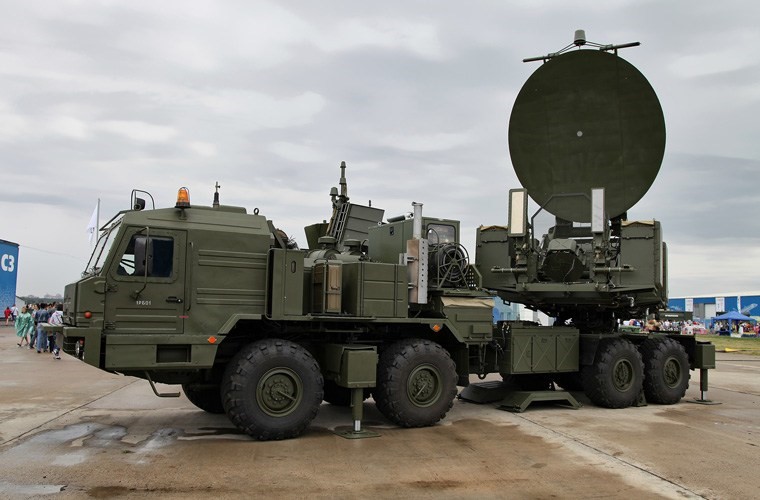
Krasukha-4, mobile earth electronic broadband and multifunctional jamming system
This powerful Syrian air defense could be overpowered, but with the help of the United States and other Israeli allies, with the mass attack combined with the use of warships, aircraft, cruise missiles, and submarines, with a simple barrage that would launch more missiles than the Syrian air defense has. Therefore, Syrian air defense can be destroyed by pure force and by the amount of firepower, which is again a scenario that is not without consequence for the reason that Russian crews serving the systems together with the Syrian army would be threatened and possible losses would result in an open war with Russia.
It is obvious that with the arrival of S-300 and Krasukha-4 systems in Syria, the number of Israeli air attacks has drastically decreased, which may indicate that Israeli military strategists are aware of the risk such actions could bring. It could be expected that Israel will most likely have to coordinate its actions with Russia for some time and conduct them with the permission of the Russian armed forces.







